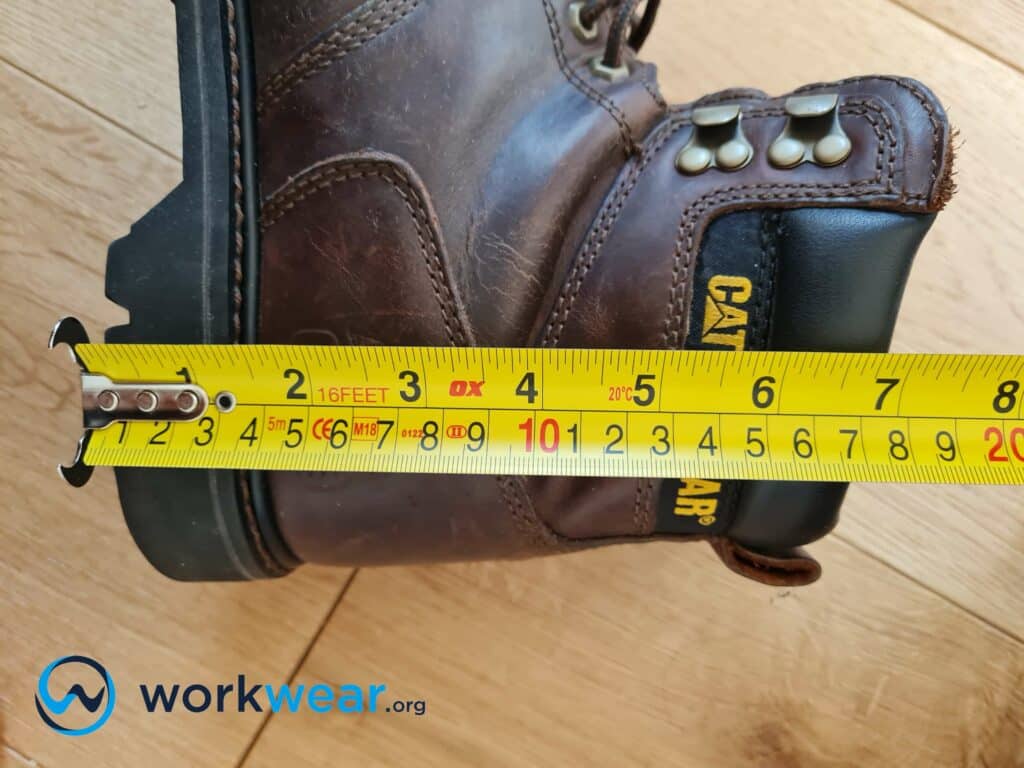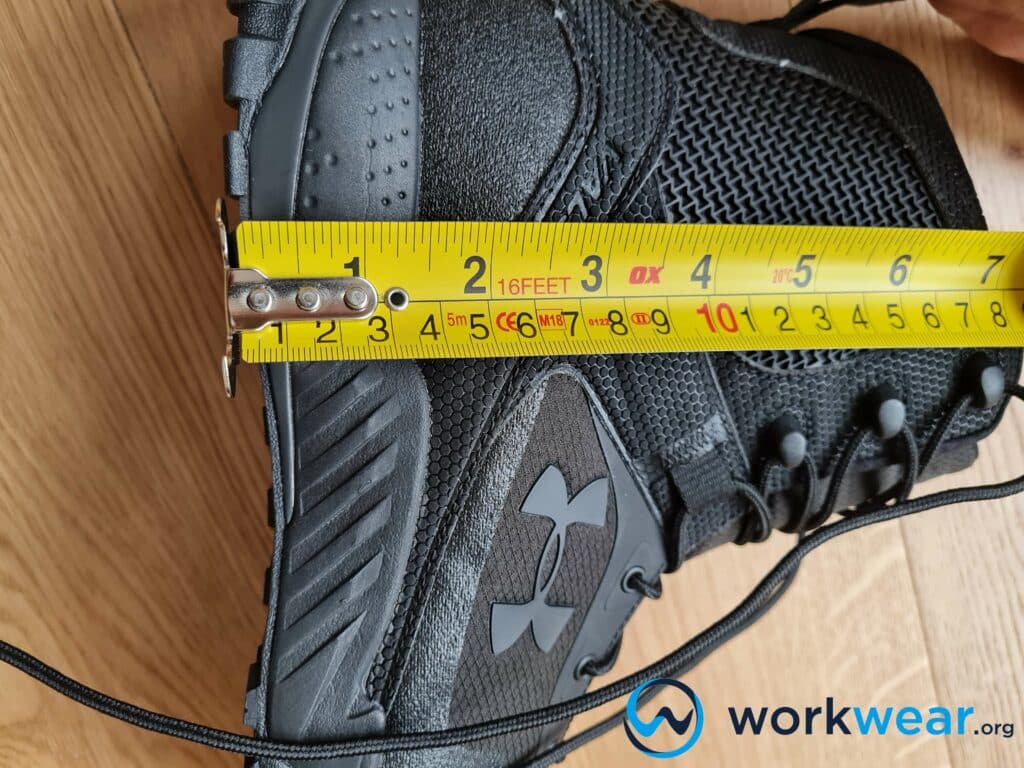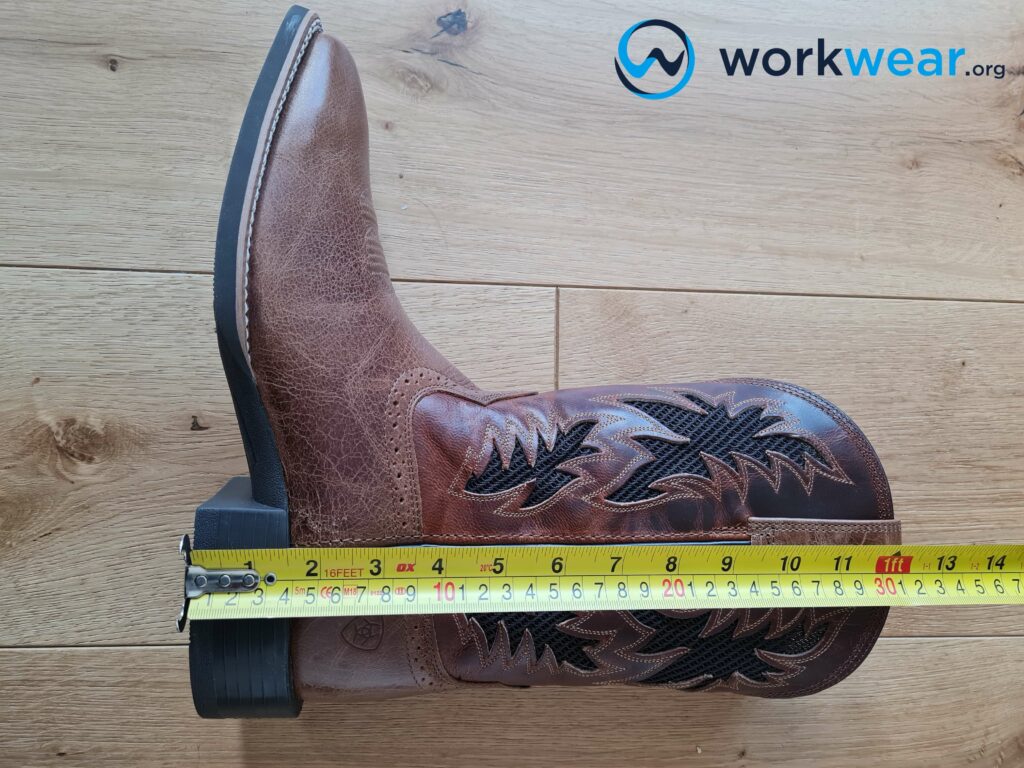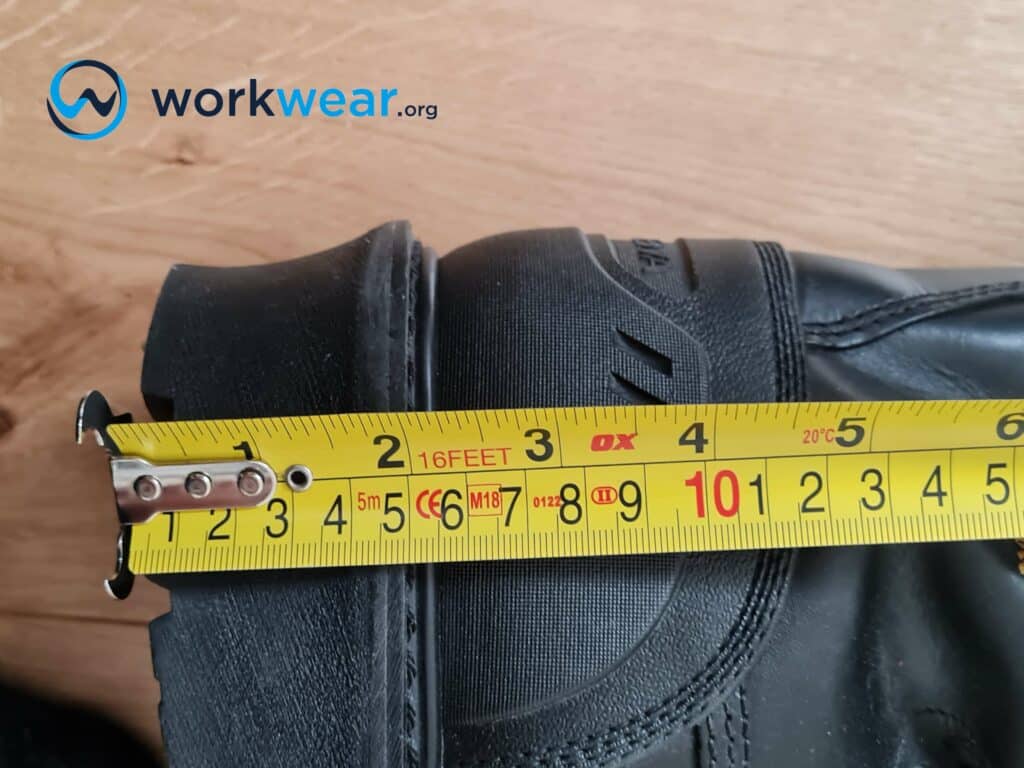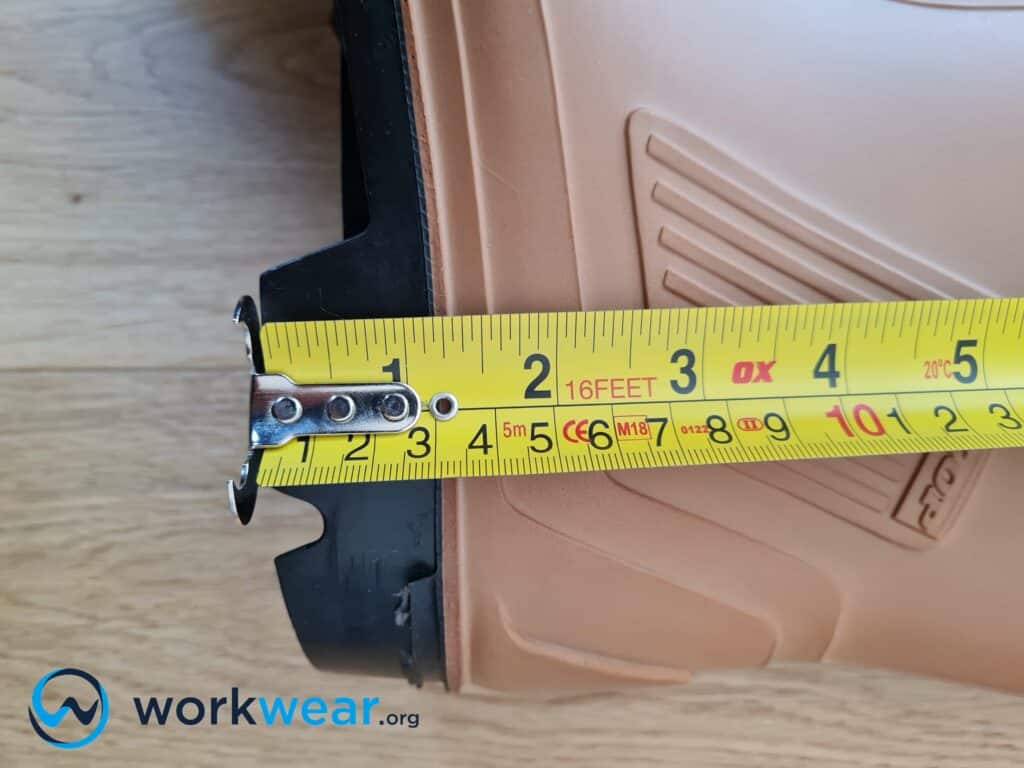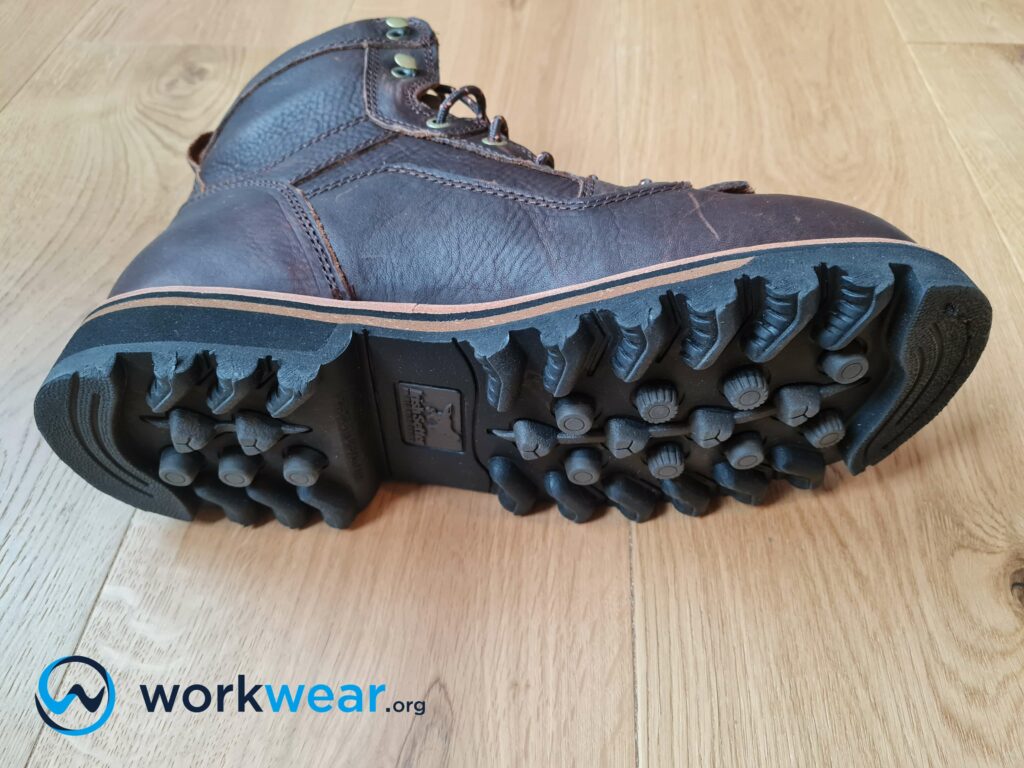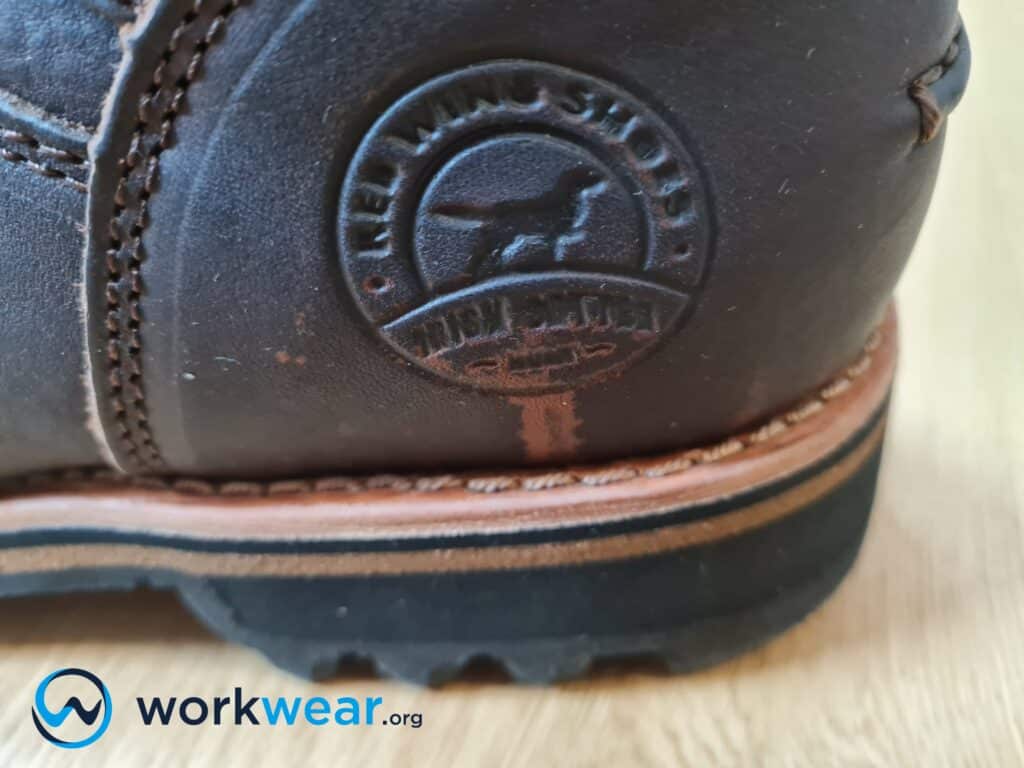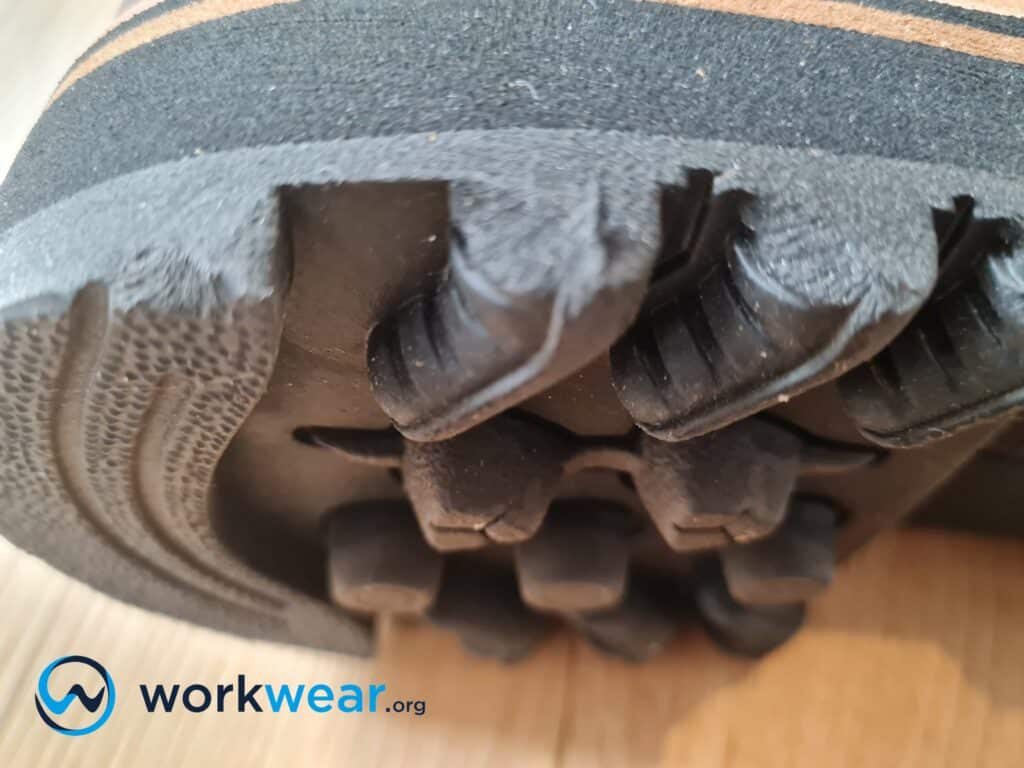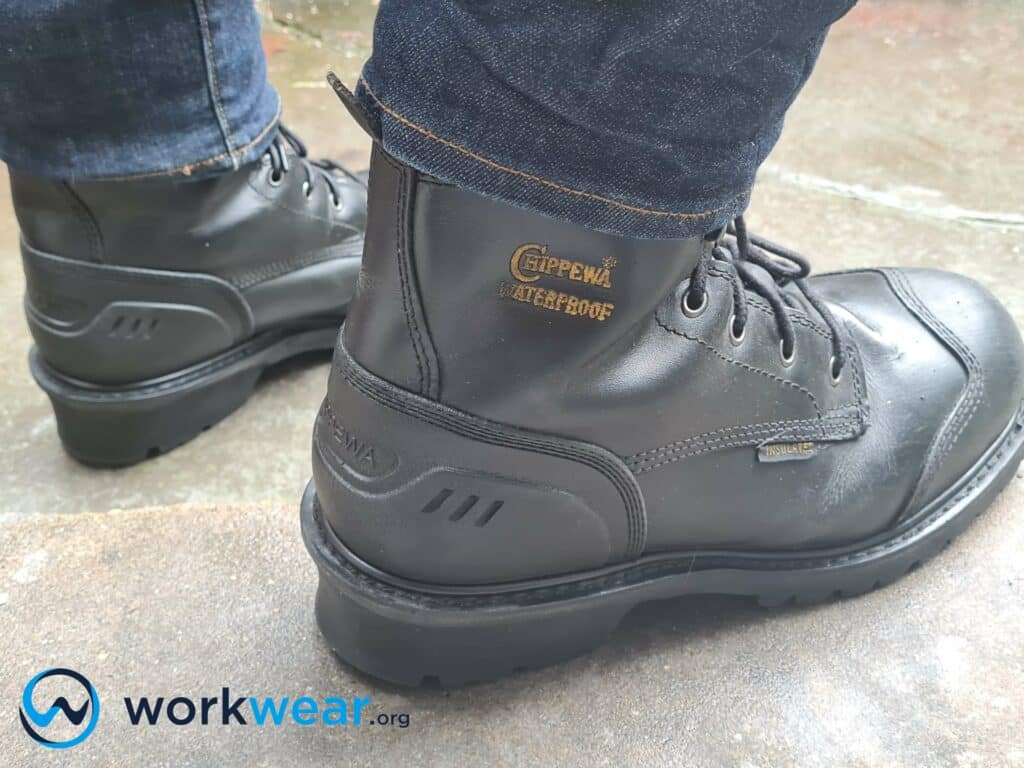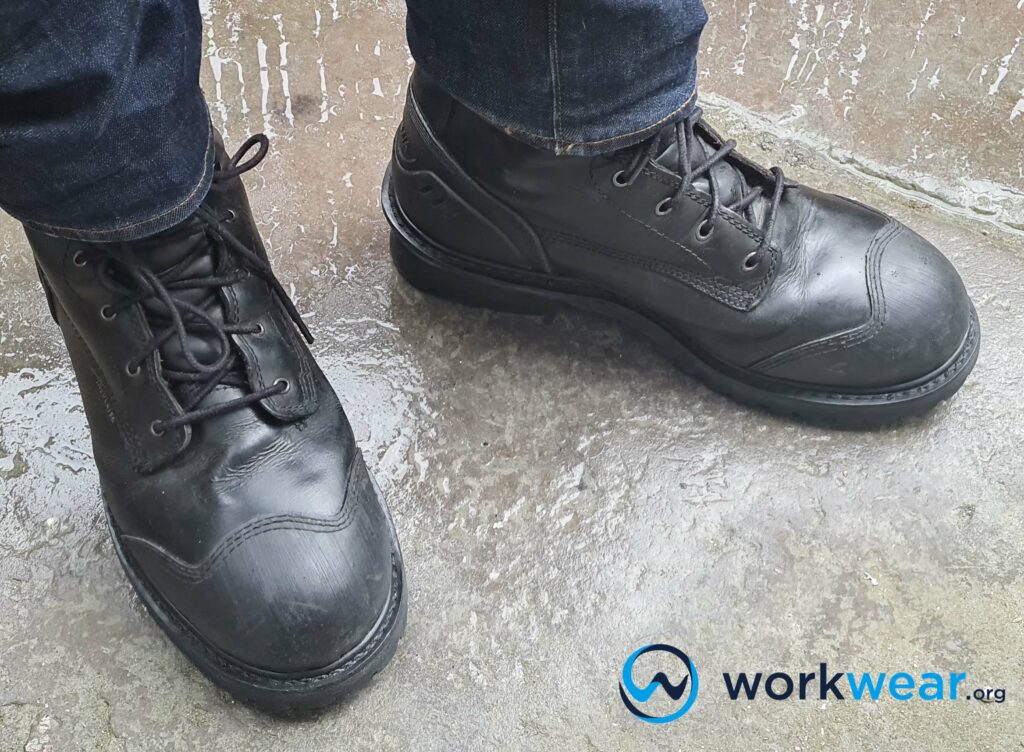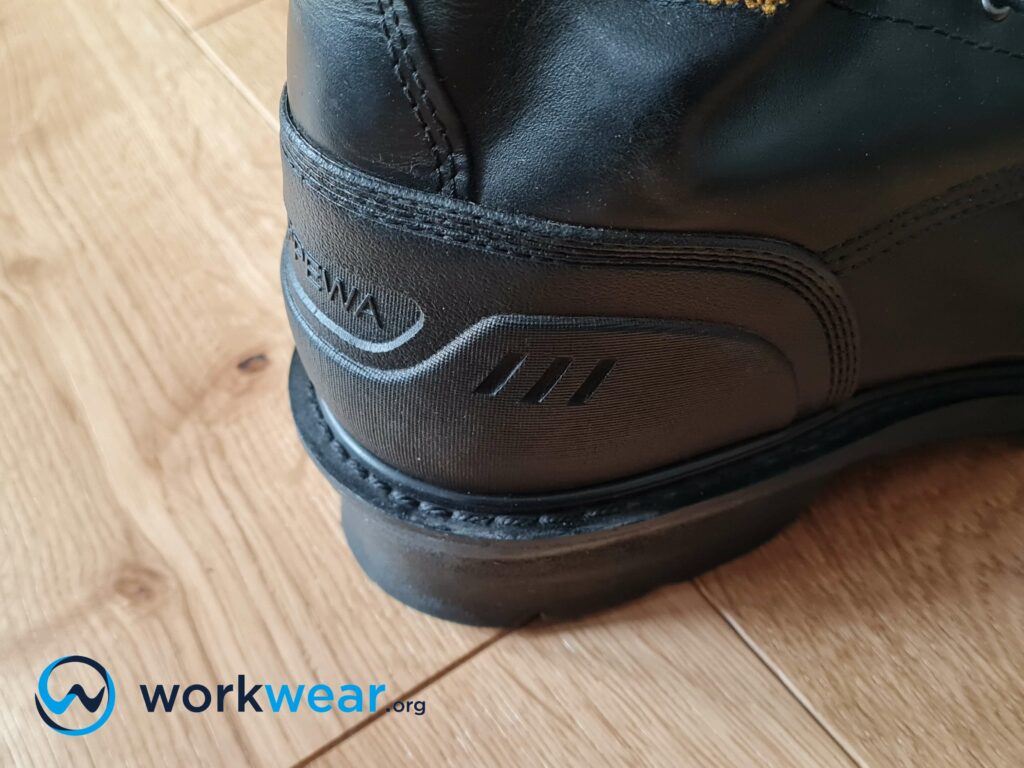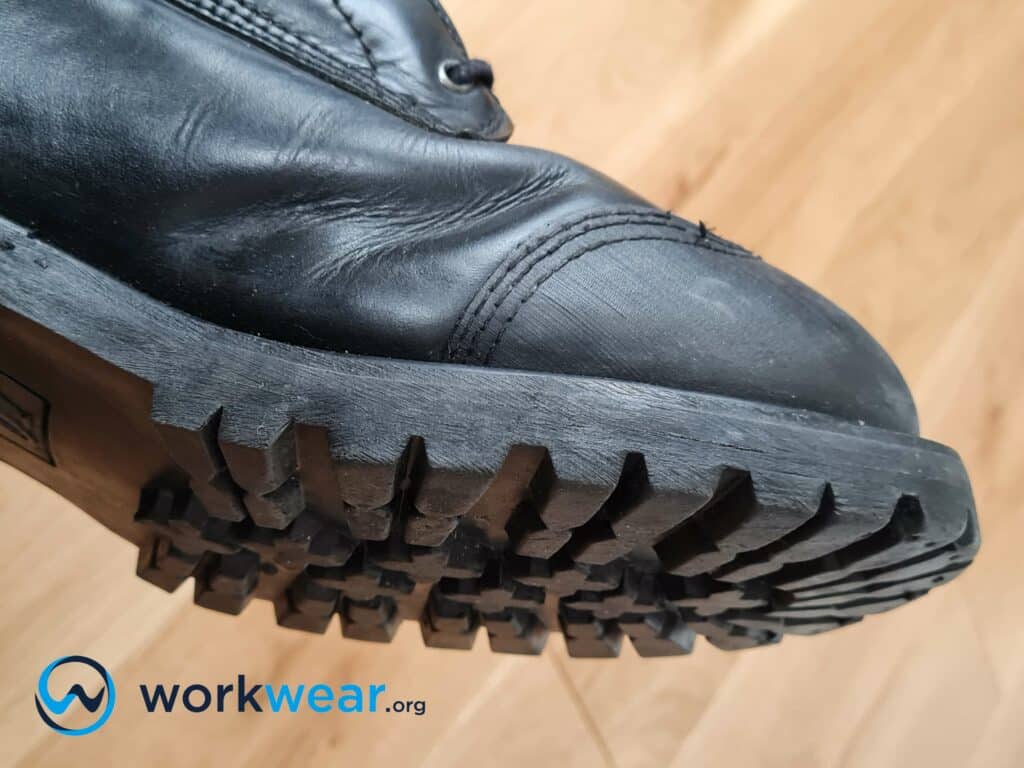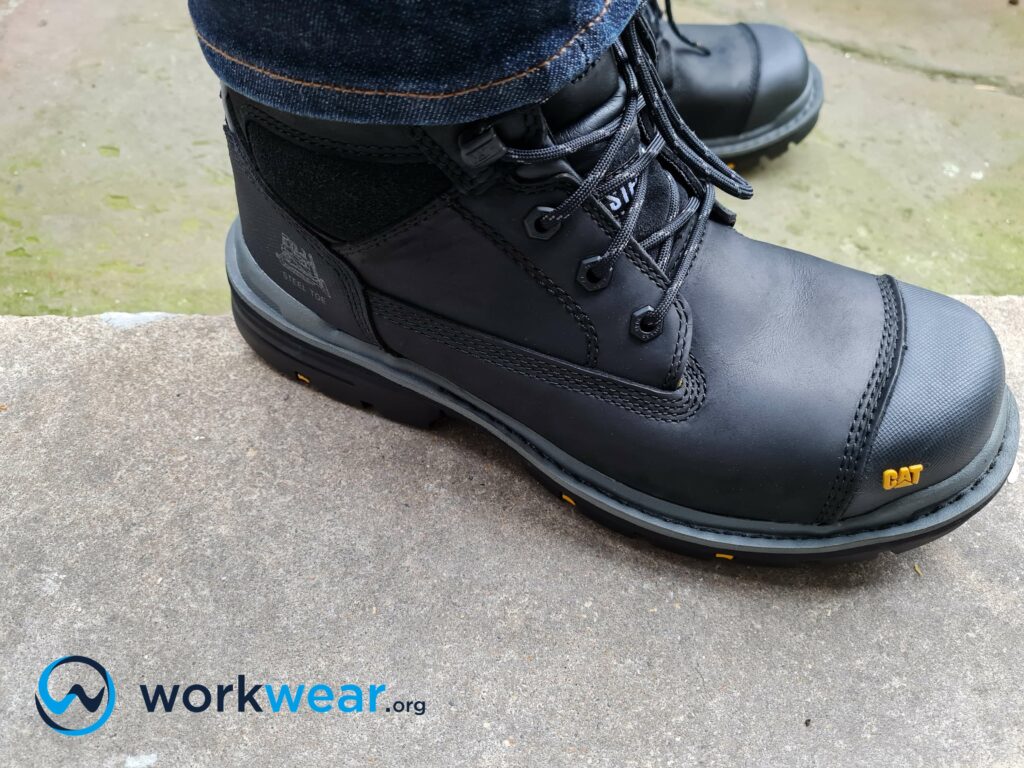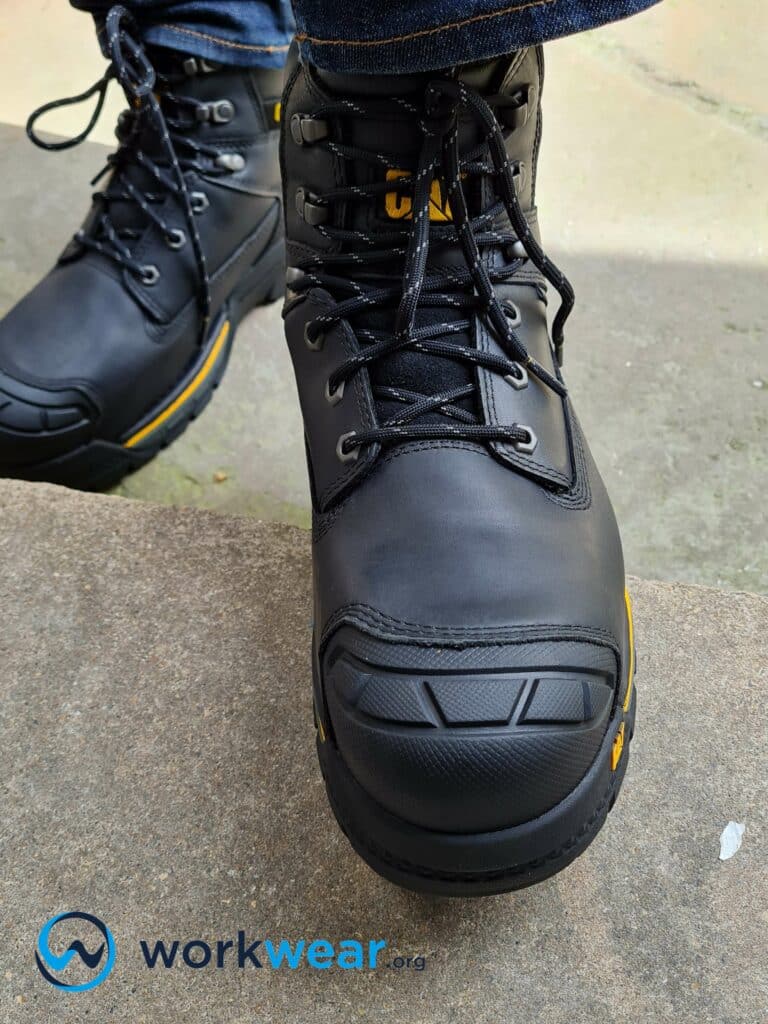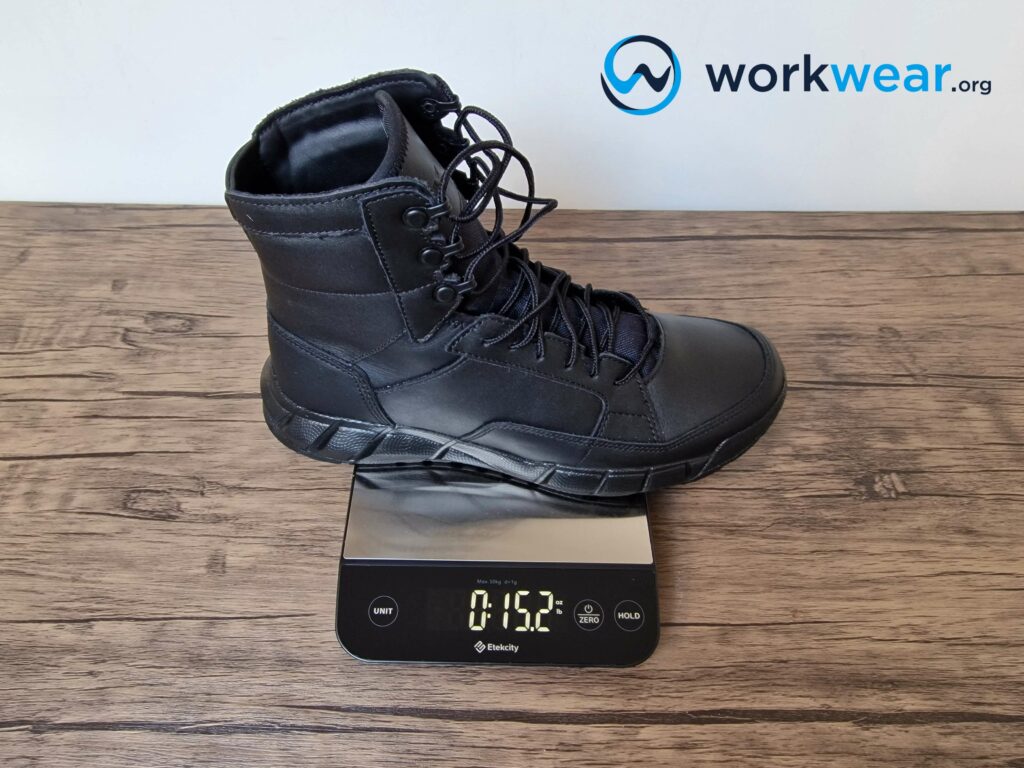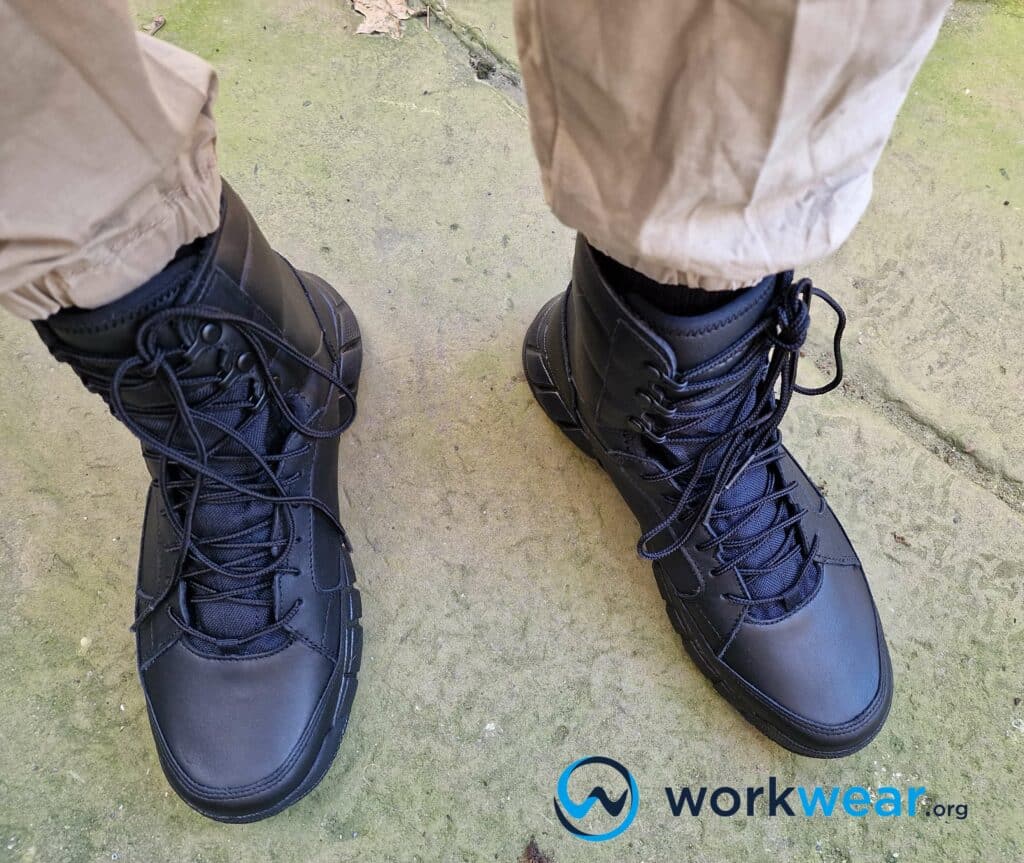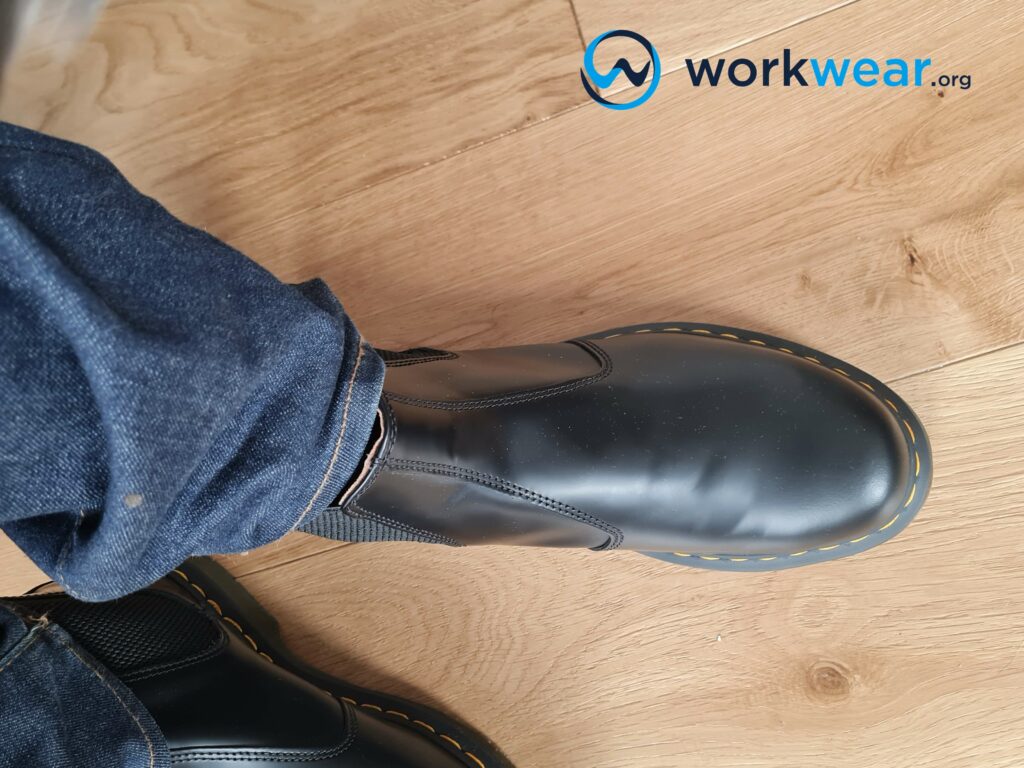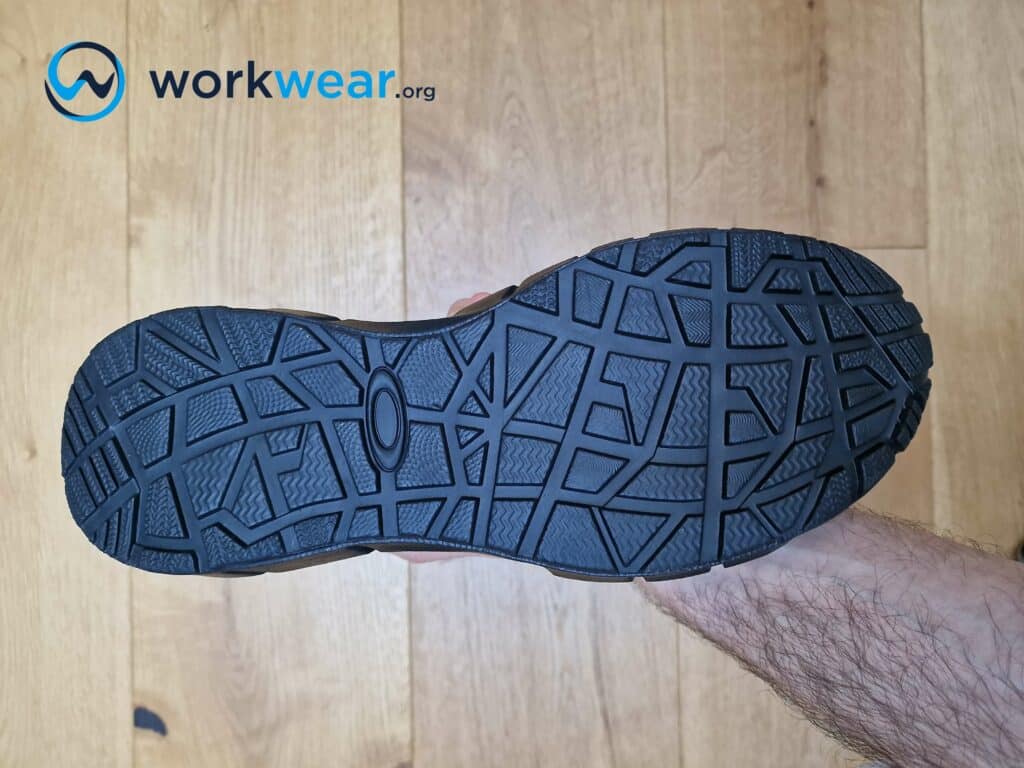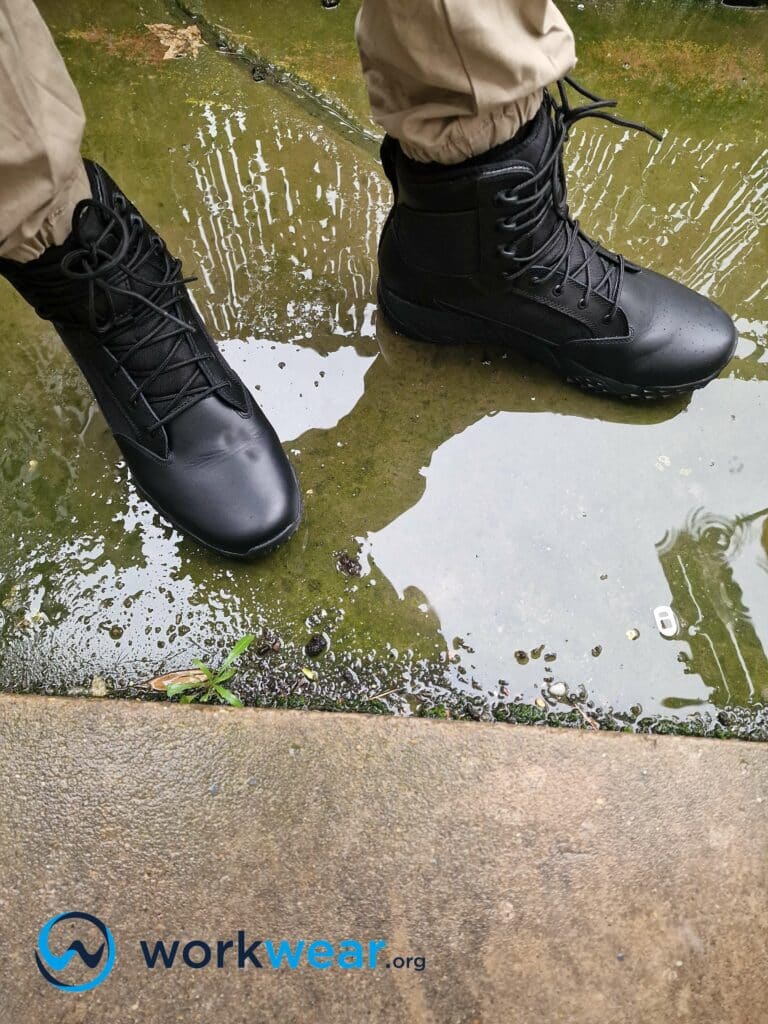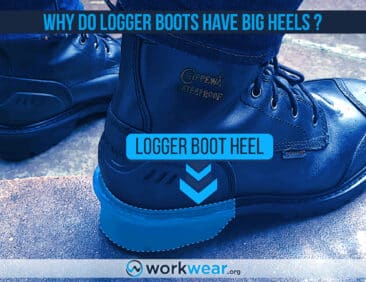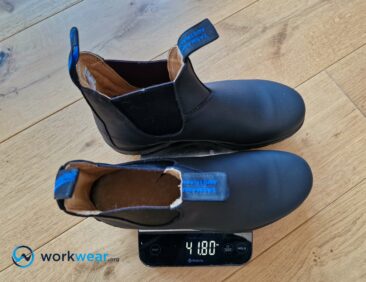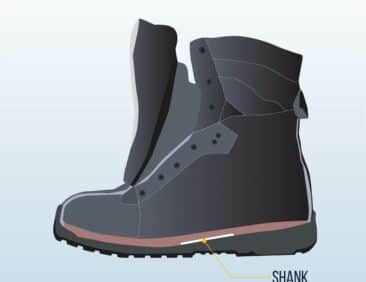Average Height of Work Boot Heels – What you need to know
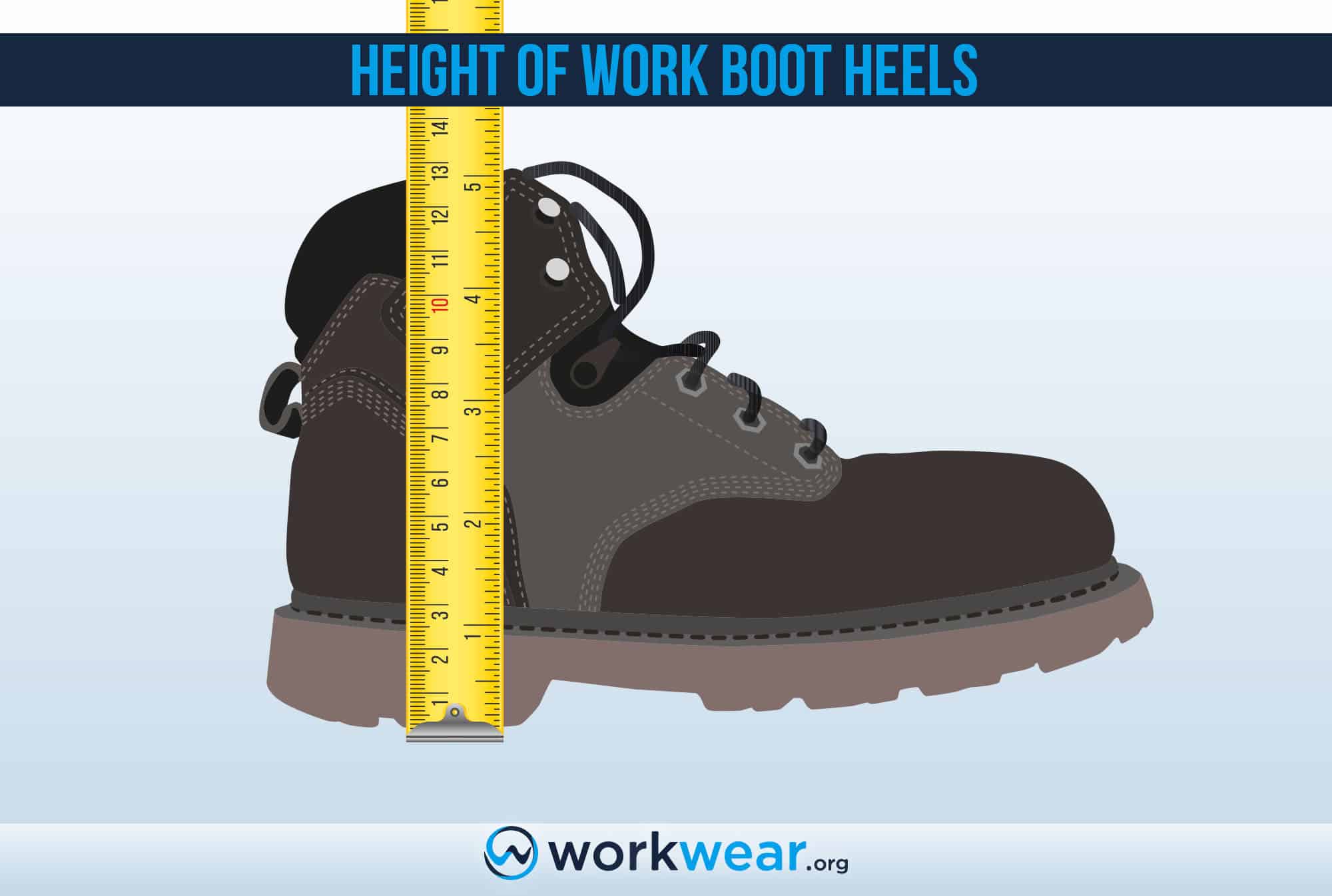
Work boots come in different styles that address various functional requirements. The variable styles and enhancements also deliver aesthetic benefits often maximized even off the work site.
The construction of heels can vary from one work boot style to the next, with every style affecting the boots’ performance and impacting the overall appearance.
It’s worth noting the height of different work boot heels as these components can affect how the feet function in work environments. In this article, we’ll discuss the average heights of the most common work boot heels, their uses across various jobs and industries, and the strengths and weaknesses of variable heel heights.
Average Heights of Work Boot Heels
Regular Steel Toe Work Boots – 1.5 inches / 3.8 cm
Regular steel-toe work boots often have a heel with an average height of 1.5 inches or 3.8 centimeters. However, these figures vary depending on the work boot construction and manufacturer specifications.
This height is in the middle of the work boot heel height scale – not too high but not very low. The heel’s mid-range height offers just the right amount of arch support to keep the feet comfortable while doing a wide variety of activities in the workplace.
It also allows a wider range of motion for better mobility without contributing more to the footwear’s weight, which the steel toe caps in place can already amplify.
The mid-range height also provides the required shock absorption but doesn’t make the boots feel too bulky.
Tactical Boots – 1.4 inches / 3.6 cm
Tactical boots have heels at the lower end of the spectrum, with an average height of 1.4 inches or 3.6 centimeters.
The lower heels promote better agility, making it easier for wearers to respond quickly (and walk just as fast) when required to certain situations while on duty.
The minimal height doesn’t add much weight to tactical boots, which often need to be as lightweight as possible, so they don’t drag the feet down over extended hours of walking, standing, or running on the job.
Some tactical boots even have wedge soles that are more flexible and better for effortless foot movements.
Western Boots – 1.6 inches / 4 cm
The heels of Western boots have an average height of 1.6 inches or 4 centimeters, making them just a bit higher than the heels of regular steel-toe work boots.
These heels may come in stacked designs often raised higher, giving Western boots the distinctive silhouette favored for aesthetics and functionality. The heels help keep the feet elevated in muddy or mulchy outdoor environments to stop the wetness from getting into the boots.
The added height is also ideal for horse riding, with the angle created by the heel helping the boot have a more secure hold on the stirrups for improved safety and stability.
Logger Boots – 1.9 inches / 4.8 cm
Logger boots typically have the highest heels among different work boot styles, averaging 1.9 inches or 4.8 centimeters.
The high heels perform well by digging firmly into sloped, muddy, or lose ground conditions. In addition, these heels are often complemented with deep treads that offer enhanced traction.
The improved grip makes it easier for loggers and those who work in harsh outdoor environments to maintain their balance while navigating tricky surfaces.
The increased height of logger boots’ heels also boosts the feet’ clearance off the ground, keeping them as dry as possible when walking on mulchy or wet outdoor surfaces.
Rubber Boots – 1.3 inches / 3.3 cm
Rubber boots’ heels have the lowest height ranges among work boots, averaging 1.3 inches or 3.3 centimeters.
Unlike other work boots, rubber boots typically have the same material for the heels and the rest of the footwear’s structure. The heels are part of the same block of material instead of being attached to the upper like other work boots. The low heels offer good foot support and minimal elevation on wet ground.
As they’re made of the same material as the rest of the rubber footwear, the heels flex easily along with the foot’s motion and don’t restrict movement – unlike higher heels that can feel unwieldy.
| Types of Work Boots |
Average Height of Heels |
|---|---|
| Regular Steel Toe Work Boots |
1.5 inches / 3.8 cms |
| Tactical Boots |
1.4 inches / 3.6 cms |
| Western Boots |
1.6 inches / 4 cms |
| Logger Boots |
1.9 inches / 4.8 cms |
| Rubber Boots |
1.3 inches / 3.3 cms |
Key Advantages of High Heels in Work Boots
Strong arch support
A raised heel can support the foot’s natural arch to make walking or staying upright for long periods more comfortable.
The strong arch support from the raised heel helps prevent the arches from falling and can aid in maintaining the body’s correct alignment.
Reliable shock absorption
High heels help absorb most of the shock of walking on hard ground for extended times.
This saves the feet from soaking up the brutal impact of stepping on unforgiving surfaces. With reliable shock absorption, the feet feel more comfortable even with all-day footwear use.
Improved grip on the ground
High heels can bite more firmly into the ground than lower heels.
Combined with deep-lugged outsoles, the raised heels make the work boots grippy enough to prevent slipping when walking on unpredictable terrains and other tricky surface conditions.
Elevate the feet from the wet or dirty ground
Raised heels elevate the feet to protect them better against wet or dirty ground conditions.
Work boots with high heels can prevent liquids on the ground from seeping in, so the feet can stay safe from wetness for much longer.
Enhanced durability
Work boots with high heels often come with thick outsole designs that are much sturdier than thin structures.
These robust outsoles are better equipped to handle demanding outdoor work environments and won’t easily deteriorate even with heavy use.
Height boost
High heels are incorporated into the structures of work boots, giving a few extra inches of clearance from the ground and a nice height boost.
The added height may be welcomed by those who want to appear taller for aesthetic purposes and can also make it easier to reach items in high spots around the work area.
More secure grip on ladder rungs
Work boots with elevated heels better grip ladder rungs.
The heel creates an angle that catches onto the rungs, preventing the outsole from sliding off the surface for a much safer experience when climbing up and down ladders.
Key Disadvantages of High Heels in Work Boots
Heavy
High heels add extra weight to the work boots’ overall structure.
With thick outsoles, the raised heels can make the boots considerably heavier than regular work footwear.
It can make walking difficult
Raised heels can make walking difficult, especially if the wearer isn’t used to chunky or elevated footwear.
The additional weight can magnify the problem due to the high heels and heavy-duty outsole construction.
Key Advantages of Low Heels in Work Boots
Typically, more flexible
The soles of low-heeled work boots tend to be more flexible than those with raised heels.
This enables the work boots to move along with the feet with no trouble, promoting comfortable walking without a restricted feeling.
Often more lightweight than high-heeled work boots
Work boots with low heels often carry less weight than high-heeled footwear.
There’s less material used in constructing the outsole, which naturally feels a lot less bulky than thicker outsoles with high heels.
It can be more comfortable to wear over long periods
Low heels don’t make work boots feel too weighty or bulky.
This can help boost the wearer’s comfort level, especially when walking for extended periods since the boots don’t carry extra weight.
Suitable for indoor use
Work boots with low heels are typically more suitable for use in indoor conditions.
Their styles are generally more appropriate with workwear, and the low-heeled structures are better suited for walking on concrete floors than work boots with excessively thick heels and soles.
Key Disadvantages of Low Heels in Work Boots
Soles may not be as durable as high-heeled work boots
Typically, the soles of low-heeled work boots may not have the impressive durability of outsoles with thick, robust structures.
The soles of these boots may not be as strong or long-lasting as heavy-duty, high-heeled outsoles.
Don’t have much clearance from the wet or dirty ground
Low heels don’t elevate the feet as much as raised heels do.
Work boots with low heels don’t give the feet enough clearance from the wet or dirty ground.
This allows the liquids and debris to penetrate the footwear more easily and cause uncomfortable wetness.
|
Pros |
Cons |
|
|---|---|---|
| High Heels in Work Boots |
|
|
| Low Heels in Work Boots |
|
|
Conclusion
Different styles of work boots have varying features, including the height of their heels. These heels can greatly affect the aesthetics of the footwear, but they also significantly impact overall performance. Each work boot style has an average heel height, but the figures vary across manufacturers and specific designs. Therefore, it’s worth knowing the advantages and possible drawbacks of different work boot heel heights, especially as the heels have considerable effects on support, stability, traction, comfort, and mobility.
FAQs
- Do logger boots always have high heels?
- Logger boots have distinctively raised heels that offer superior traction and overall performance in harsh outdoor ground conditions.
- Are Western boots always designed with high heels?
- Not necessarily. The average height of Western work boots isn’t that high for better mobility and performance on the job, although more fashionable styles (not strictly for work purposes) can have much higher heels.
- Are work boots with low heels always more comfortable than those with high heels?
- It depends. Low-heeled work boots are more comfortable when walking on concrete indoor floors, but they can feel slippery and unsupportive when used on uneven outdoor terrains – where high-heeled boots may be much comfier.
- Are high-heeled work boots always required for outdoor work?
- Not necessarily. High heels perform well in muddy, mulchy, uneven, or sloped ground conditions. However, work boots with lower heels can function just as fine on outdoor surfaces that are more even and not that tricky to navigate.
